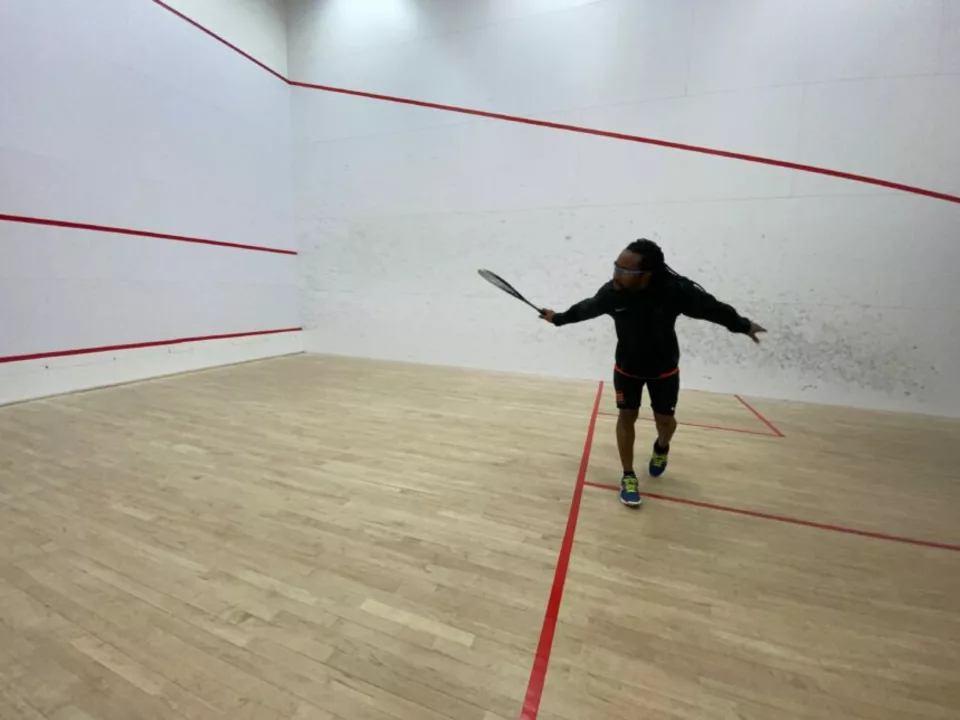Does Watching Pro Tennis Actually Improve Your Game?
Maybe you’ve spent a weekend binge‑watching the Grand Slams and wondered if all that screen time actually helps on court. The short answer is yes – but only if you watch the right way. Let’s break down how you can turn a TV session into a real training boost.
What You Can Learn From the Pros
First, pros are masters of three things: strategy, technique, and mental toughness. When you watch a rally, pause and notice where the player moves their feet. Good footwork is the foundation of every great shot, and most amateurs miss the tiny adjustments that keep the ball balanced.
Next, focus on shot selection. See how a player decides between a cross‑court forehand and a down‑the‑line backhand? That decision is based on the opponent’s position, court geometry, and even the wind. By recognizing these patterns, you start thinking a step ahead instead of just reacting.
Finally, pay attention to the mental side. Notice how a player bounces the ball, deep breaths, or talks to themselves after a fault. Those habits keep confidence high and nerves low – a habit you can copy without any extra equipment.
How to Turn Watching Into Practice
Watching alone isn’t enough; you need a plan. Grab a notebook or use a notes app and write down three things you observed in each match: a footwork tweak, a shot choice, or a mental cue. Later, on the court, try one of those tweaks during a warm‑up drill. Small changes add up fast.
Another trick is to mimic the pros in a “shadow” drill. Stand in the middle of the court, watch a clip, and replay the movement without a ball. This builds muscle memory for foot placement and swing path without the pressure of hitting a real shot.
Finally, set a weekly “watch‑and‑play” session. Spend 30 minutes watching a specific skill – say, serve placement – then head to the court and practice that serve for the next 30 minutes. The immediate link between observation and action cements the lesson.
Remember, not every pro’s style fits yours. Pick players whose game matches your level or goals. If you’re a baseline grinder, follow Rafa Nadal. If you love aggressive net play, study Roger Federer’s volleys. The closer the match to your own style, the more useful the insights become.
At the end of the day, watching pro tennis is a low‑cost way to get coaching tips, motivation, and a clearer picture of elite tactics. Treat each match like a short lesson, take notes, and test the ideas on court. Over weeks, you’ll notice quicker footwork, smarter shot choices, and a calmer mindset – all without spending a penny on extra lessons.
So the next time a big tournament rolls around, grab the remote, a notebook, and a clear intention. Turn the excitement of the game into real‑world improvements, and you’ll see the difference on your own matches faster than you think.
Sports & Fitness

Does watching pro tennis improve your game at all?
Watching pro tennis can help players improve their game in a number of ways. Players can learn from watching the strategies and techniques used by top players and use that knowledge to become better players themselves. They can also get an idea of the kind of physical and mental effort needed to perform at a high level and use that knowledge to push themselves to reach a higher level of play. Furthermore, watching pro tennis can provide motivation to practice and work hard to achieve success. All in all, watching pro tennis can be an invaluable tool for improving one's game.